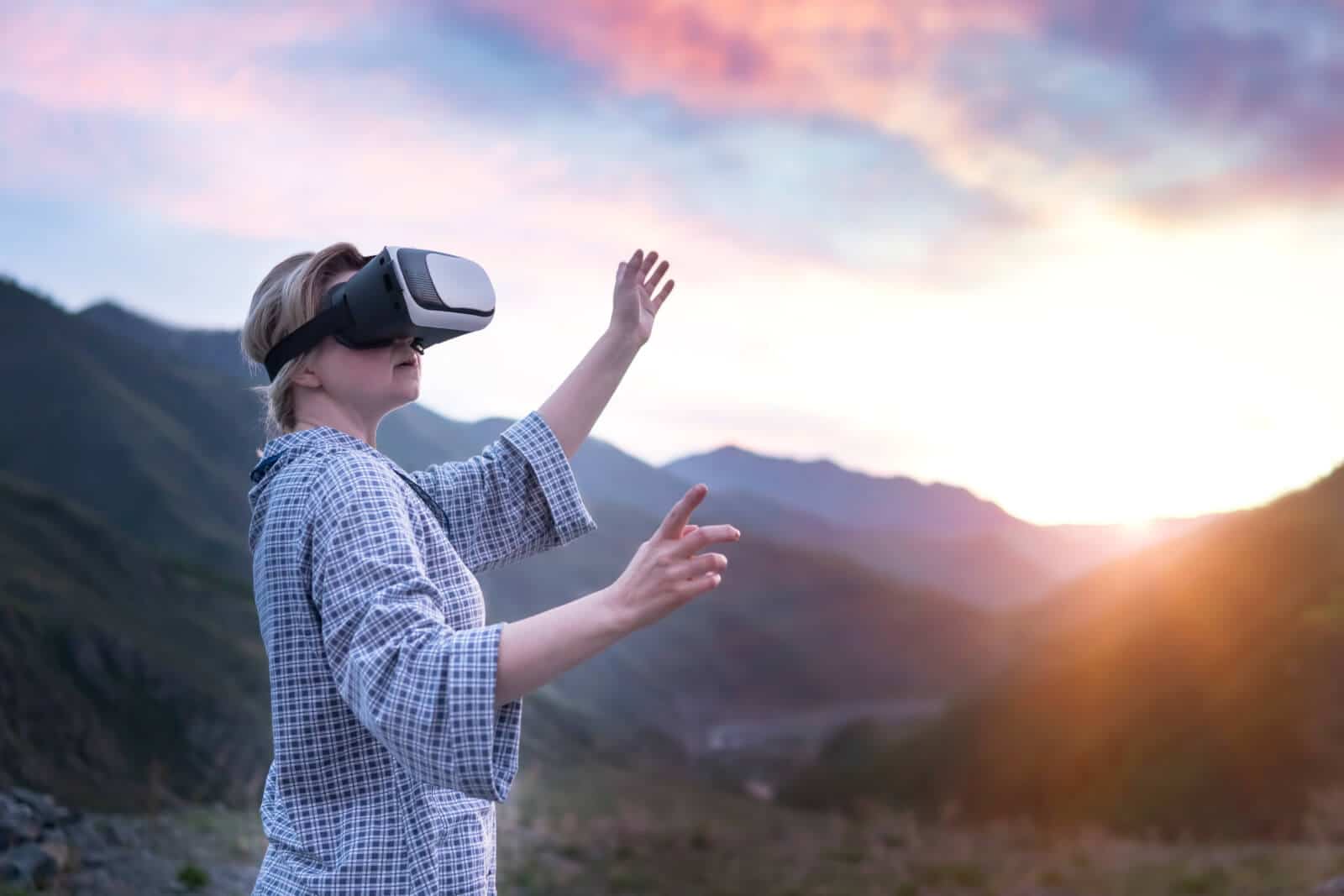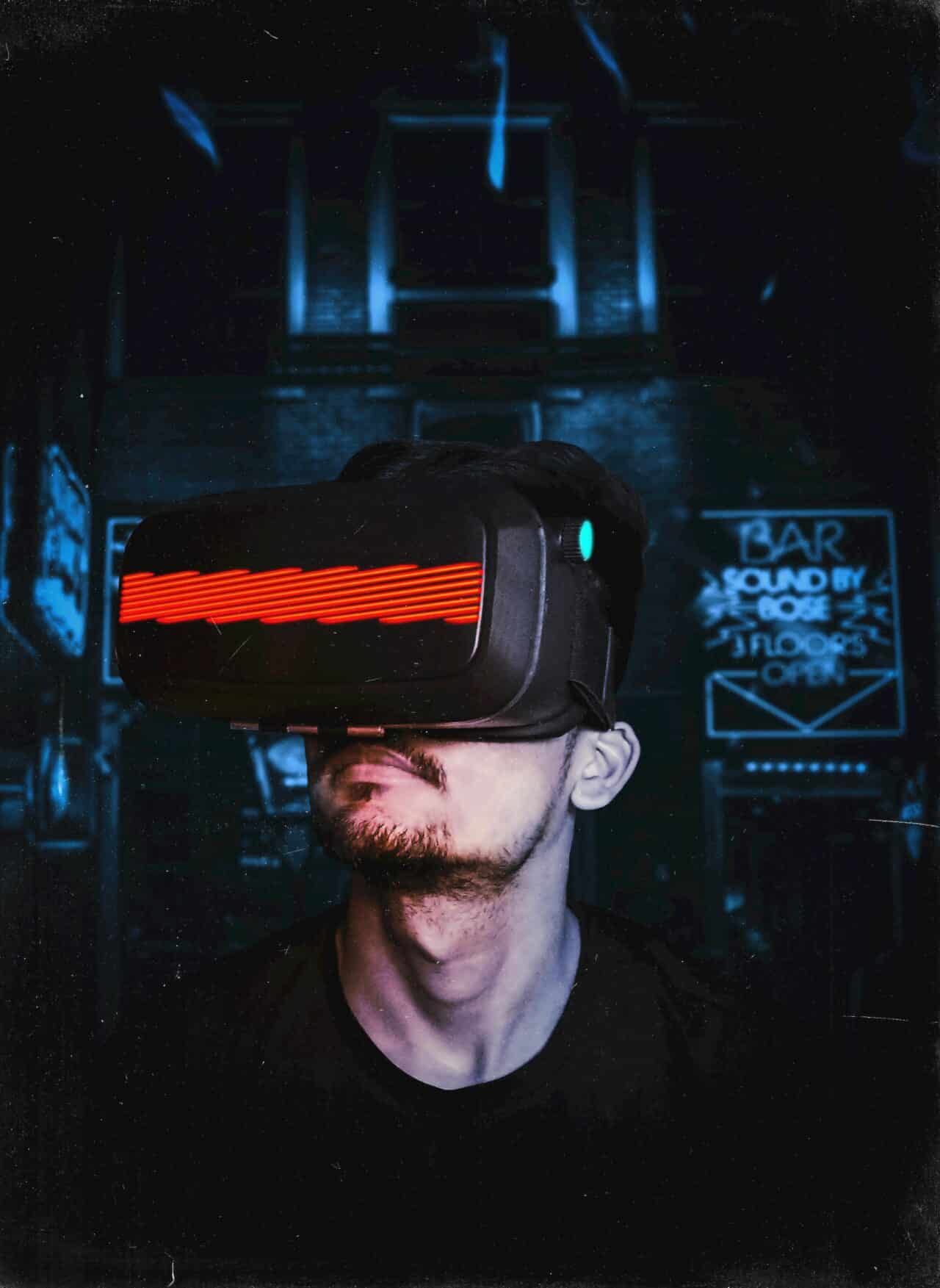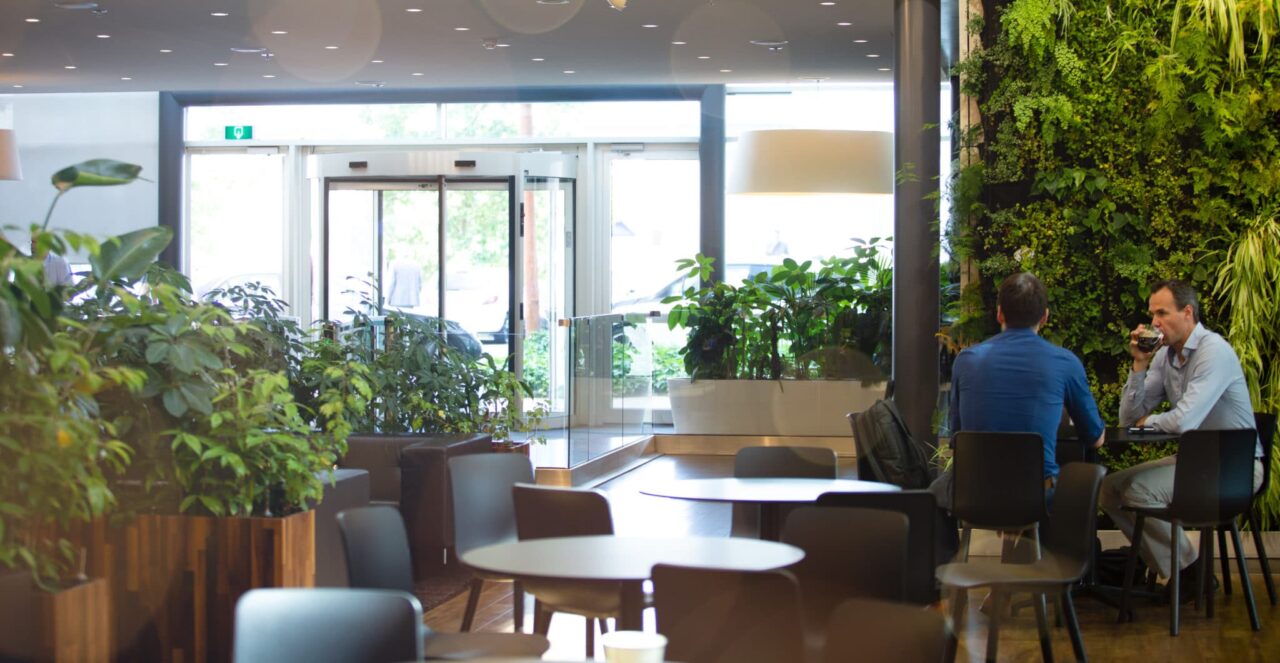During a recent visit to this year’s London Design Festival, I had a new experience that was so powerful it left me short of breath, with a racing heart, vertigo and even a touch of nausea.
It was an exhibition at the Gazelli Art House entitled Enter Through The Headset 3. It was the first time I’d ever visited an art gallery with completely empty walls, where all the pieces were viewed exclusively in virtual reality.
Is this what our future is going to look like? An empty physical world with all the attractions available only in the virtual world? It’s hard to say. But one thing’s for sure: so-called immersive experiences are developing at such a pace that they will soon be one of the main ways in which we experience entertainment and other forms of leisure.
So what’s driving all this? Well, one of the biggest developments is the mass market rollout of Gigabit Internet speeds, which have the bandwidth necessary to carry the vast amounts of data required for such experiences. And these Gigabit speeds are creating new opportuntities for the development of technologies such as the Internet of Things, artificial intelligence, augmented and virtual reality, mobile edge computing and 5G.
What it all adds up to is that everything we currently know will have changed beyond recognition within just a few years.
Both the physical and the digital world will gain radical new dimensions. We will be able to experience the latter through all of our senses, not just sight or sound, as we do now. Meanwhile, the physical world will gain a new, digital layer which – due to its quality and the speed of data transfer – will be difficult to distinguish from the real one.
This is where questions arise about how ready Internet users are for this change. Do they embrace it, or are they rather apprehensive? These are some of the questions we tried to answer in our report for UPC Polska : “GIGA Entertainment. The future of digital entertainment in the Gigabit era.”
We asked more than 1,100 consumers about changes in six main areas – not just within the field of pure entertainment (the immersive world), but also in interpersonal relationships (human inter(net)action), education (unlimited knowledge), health (digital wellbeing), tourism (digital journeys) or culture (connected culture).
We found that consumers were increasingly interested in the area of immersive entertainment and the ability to submerge themselves in video content in the deepest way possible – through higher-quality images and sound.
They are also drawn by the huge possibilities offered by 360° technology and voice control, as well as video-on-demand and the ability to watch on any device.
And of those that understood the potential benefits of Gigabit speeds – most were particularly excited about having unlimited access to high-quality video content, which can be downloaded almost instantly – and about how this can be applied to augmented reality or virtual reality in games and films.
It’s clear that like me, consumers are excited and intrigued by the amazing possibilities opened up by the Gigabit era. This report captures the magnitude of that excitement for first time and gives us a much fuller picture of all the many ways in which immersive entertainment will touch every corner of our lives.









